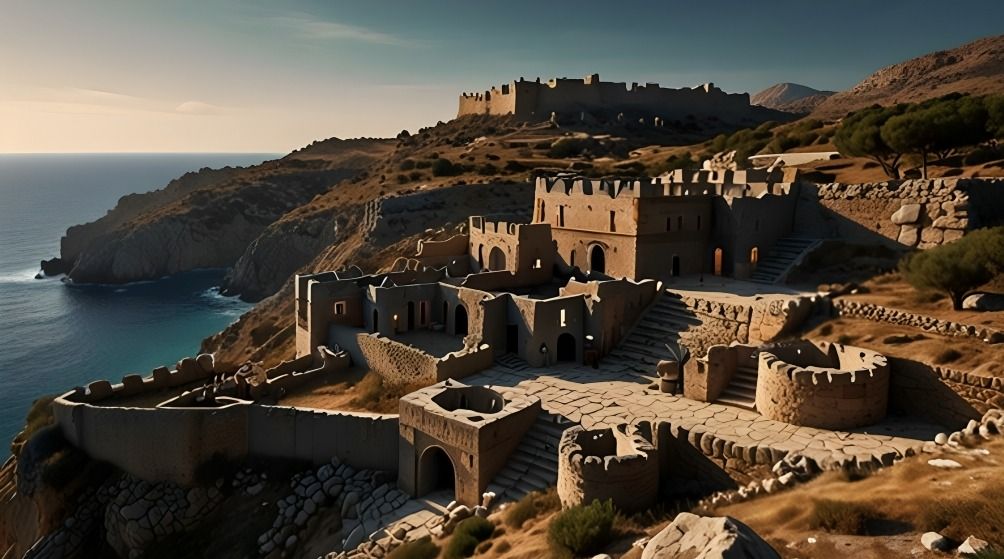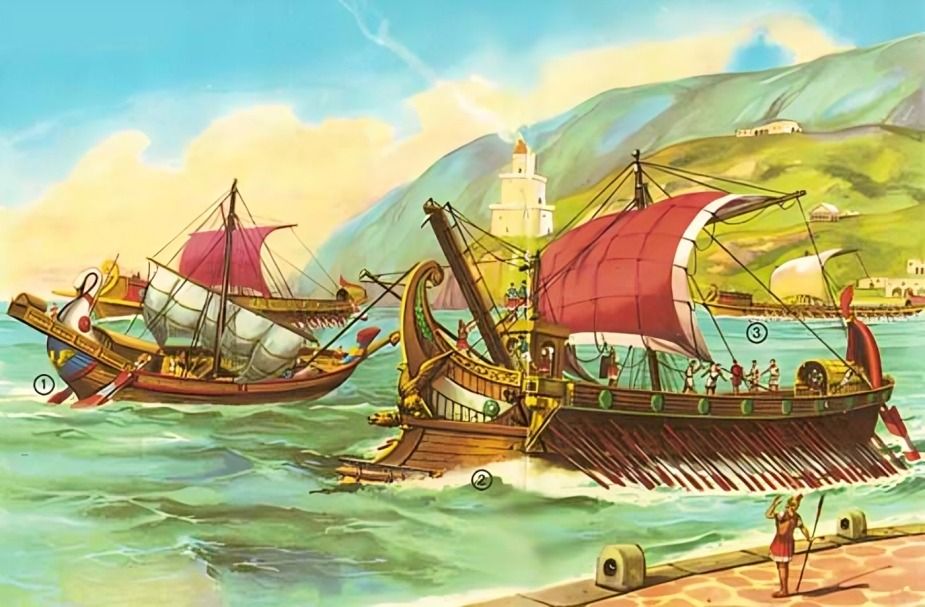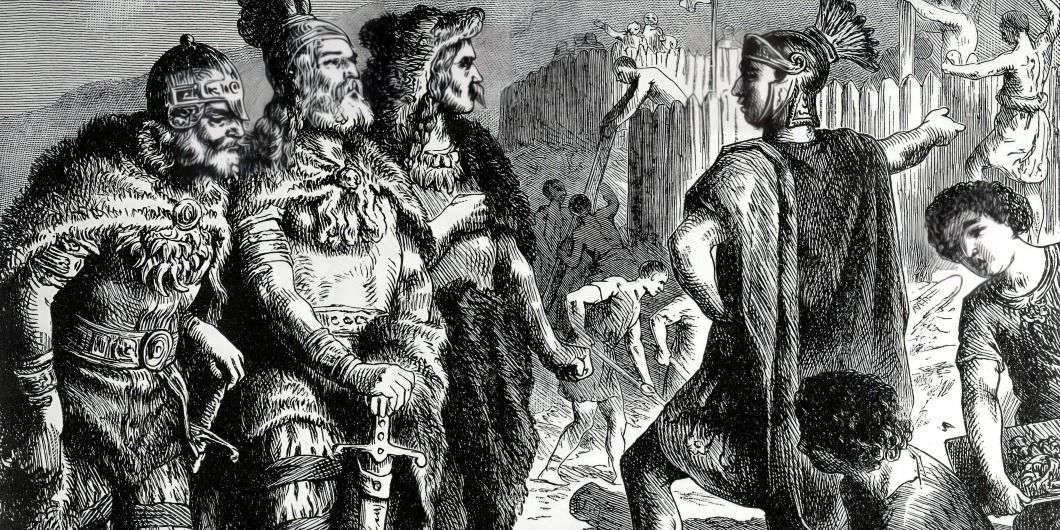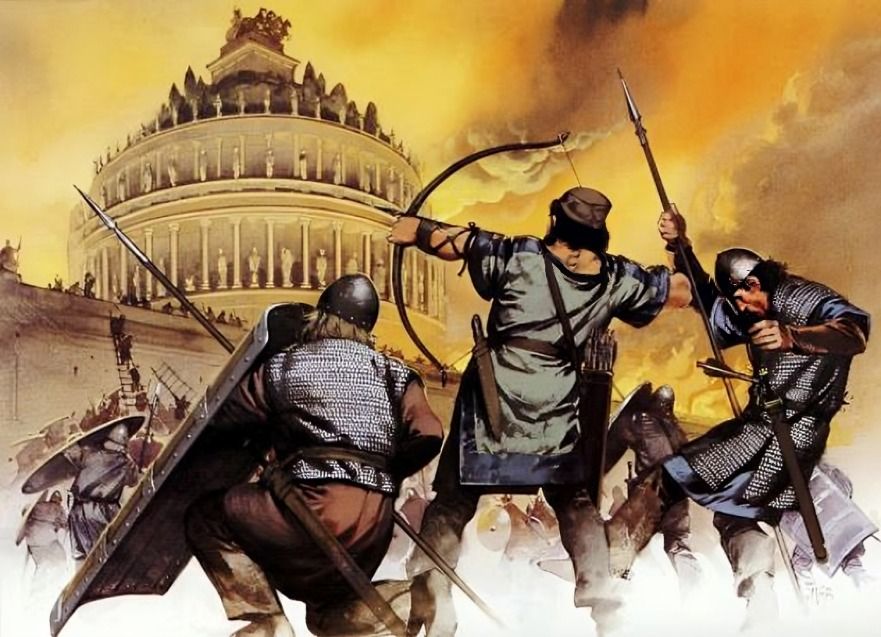
“
The Barbarian Kingdoms: Visigoths, Vandals, and Ostrogoths were influential tribes that shaped the course of European history during the decline of the Roman Empire. These tribes, once viewed as invaders, established powerful kingdoms and influenced the cultural and political landscapes of medieval Europe. In this blog, we’ll uncover 20 fascinating facts about the Barbarian Kingdoms: Visigoths, Vandals, and Ostrogoths, highlighting their unique cultures, remarkable achievements, and lasting impact on European history. Discover how these so-called barbarians transformed the continent and played a crucial role in the fall of the Roman Empire.1
”
The Visigoths, originally a nomadic tribe, shocked the world by capturing Rome in 410 AD under their leader, King Alaric. This historic invasion marked the first time in over 800 years that Rome had fallen to foreign forces.1
Known for their formidable naval strength, the Vandals established a prosperous kingdom in North Africa. Their most notorious act was the sack of Rome in 455 AD, a pivotal moment that demonstrated their power and ambition.2
Under the leadership of Theodoric the Great, the Ostrogoths unified both Romans and Goths in Italy, creating a society that blended their distinct cultures. This cooperation led to a unique, harmonious coexistence in the region.3
The Visigoths were among the early converts to Arian Christianity, which significantly distinguished them from the Roman Catholic Church. This difference fueled tensions as they established their powerful kingdom in Spain.4
The Vandals were adept navigators who dominated Mediterranean trade routes. Their impressive naval capabilities not only enriched their kingdom but also showcased their strategic thinking and maritime expertise.5
Theodoric the Great invited scholars to his court, preserving Roman culture and knowledge during the Ostrogothic reign. This effort safeguarded valuable insights that would later influence the Renaissance in Europe.6
The Visigoths played an essential role in shaping the medieval culture of Europe. By merging Roman traditions with their customs, they laid the groundwork for a unique Spanish identity.7

Contrary to typical barbarian tribes, the Vandals built a powerful navy that conducted successful raids along Mediterranean coastlines. This accomplishment highlighted their strategic abilities and seafaring skills, which were ahead of their time.
The Ostrogoths significantly impacted Italian architecture, building impressive structures like San Apollinare in Classe, which showcased a blend of Roman and medieval style.8
The overthrow of Romulus Augustulus in 476 AD signaled the collapse of the Western Roman Empire. This monumental event paved the way for the emergence of powerful barbarian kingdoms, particularly the Ostrogoths.9
Toledo became the vibrant capital of the Visigothic kingdom, serving as a cultural hub. The city attracted scholars, fostering a flourishing intellectual environment that significantly influenced medieval Spain's development.10
The Vandals fortified their capital, Carthage, with immense wealth acquired through plunder. This strategic move established a resilient kingdom that effectively challenged the remnants of Roman authority in the region.11
The Ostrogoths implemented a unique legal system that blended Gothic and Roman laws. This innovative approach promoted a sense of justice and laid the groundwork for future European governance.12

The Visigoths played a crucial role in spreading Christianity across Spain. Their efforts facilitated the region's unification under Arianism, which later evolved into a strong Catholic presence.
Despite their fierce reputation as warriors, the Vandals practiced religious tolerance within their kingdom. This openness allowed various Christian sects to coexist peacefully, fostering a sense of community amid turbulent times.13

The Ostrogoths faced challenges from both the Eastern Roman Empire and rival tribes. They demonstrated resilience through strategic alliances, successfully maintaining stability within their kingdom despite external pressures.
The Visigothic law code, known as the "Lex Visigothorum," established individual rights and protections. This progressive legal framework marked an important step in governance, influencing medieval European legal systems.14
The Vandals famously transported the treasures of Solomon’s Temple to Carthage, symbolizing their wealth and opulence. This act not only showcased their power but also significantly influenced the region's political dynamics.15
The Ostrogoths made significant contributions to preserving classical texts through their libraries and strong support for education. Their dedication ensured that valuable knowledge survived the early medieval period for future generations.16
The cultural fusion established by the Visigoths in Spain created a rich tapestry of traditions. This blending of customs and practices significantly contributed to the development of a unique Spanish identity in medieval Europe.17


